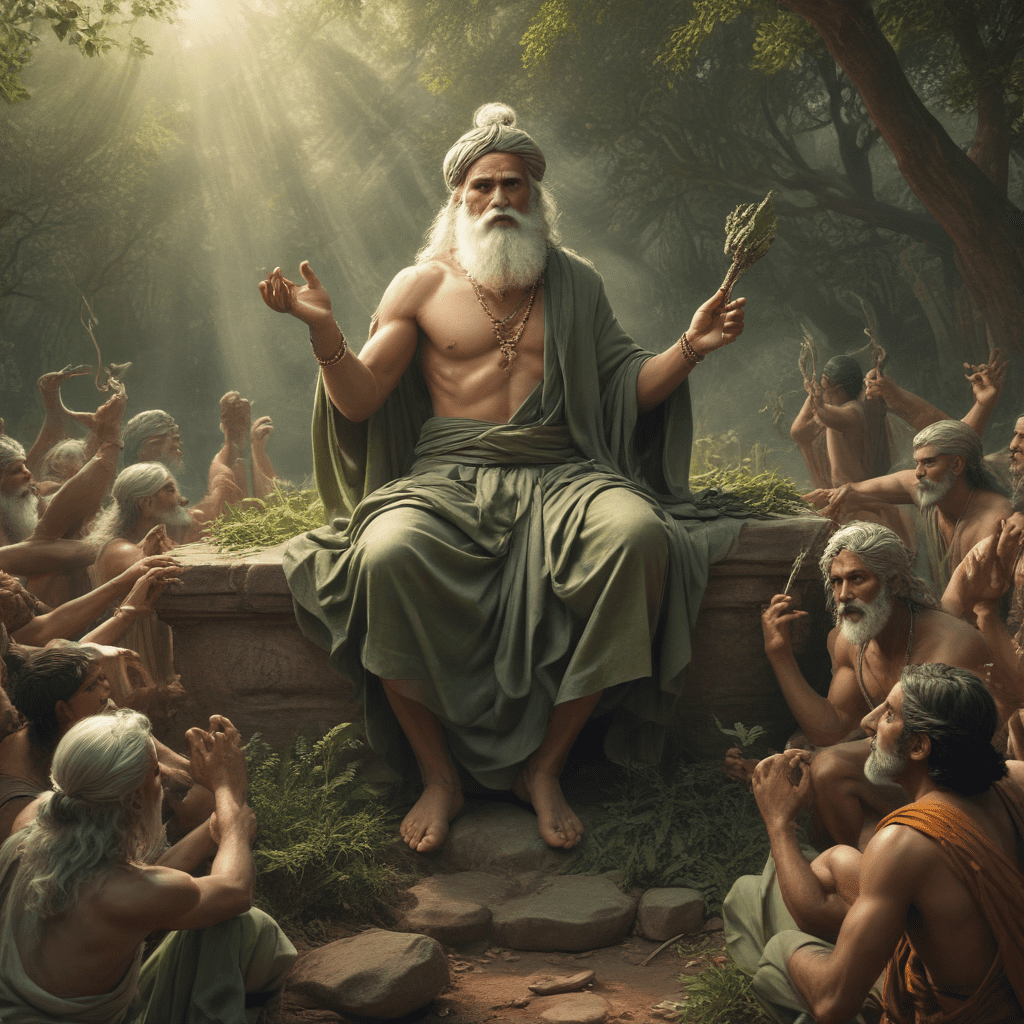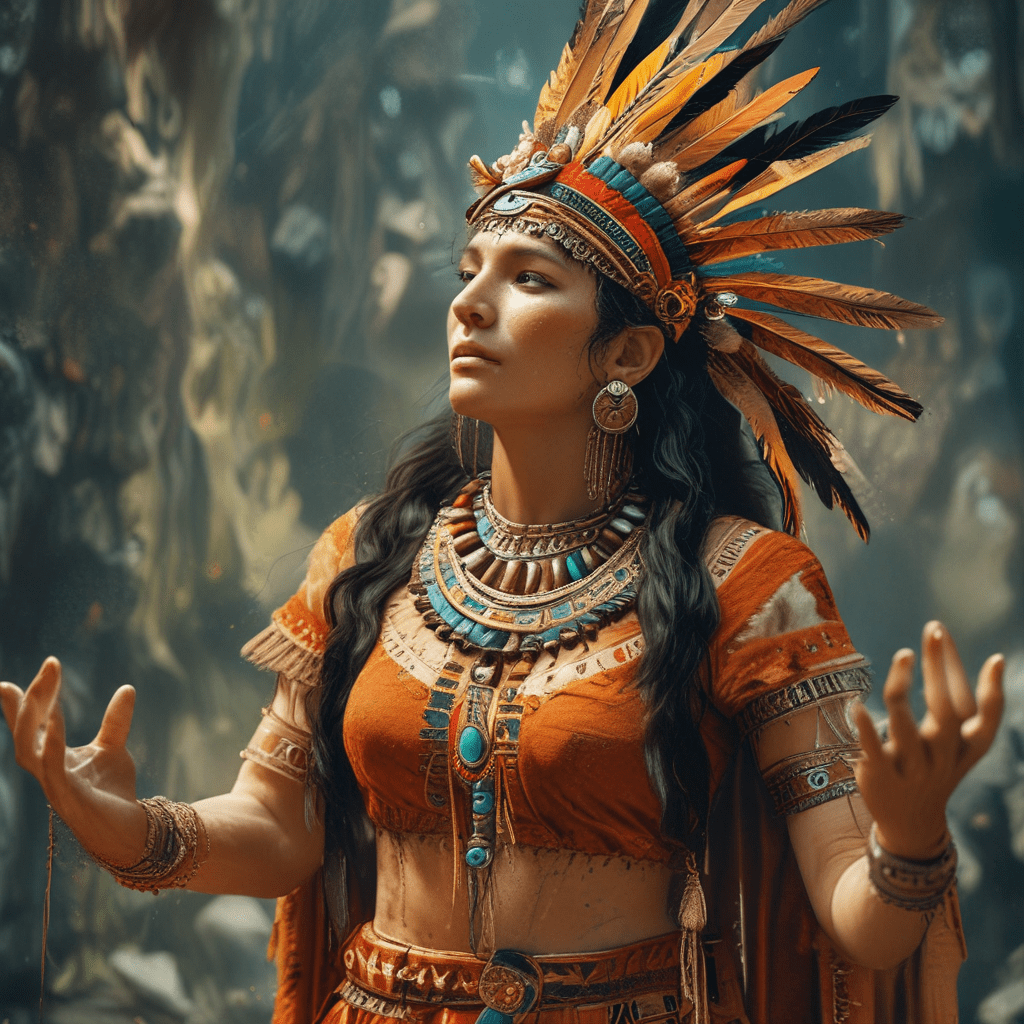Sleipnir Tales: The Celtic Myths of the Arthurian Legend and the Knights of the Round Table
I. Introduction
The Arthurian Legend is one of the most enduring and captivating narratives in Western literature. It weaves tales of bravery, chivalry, and the quest for honor, centered around King Arthur and his legendary Knights of the Round Table. However, beneath the surface of this iconic narrative lies a rich tapestry of Celtic myths that have significantly influenced its development.
Celtic mythology, with its deep connection to nature, magic, and heroic deeds, has played a crucial role in shaping the stories of Arthur and his knights. One particularly intriguing figure in this discussion is Sleipnir, the eight-legged horse from Norse mythology, whose relevance extends into the realms of Celtic mythology and Arthurian legend. In this exploration, we will delve into the origins of the Arthurian legend, the significance of Celtic myths, and the symbolism of Sleipnir within these narratives.
II. The Origins of the Arthurian Legend
The Arthurian legend has its roots in a historical context that spans several centuries, drawing from various sources, including medieval romances, folklore, and historical texts. The earliest references to Arthur can be traced back to the 6th century, but it was not until the 12th century that the tales were more formally recorded by writers such as Geoffrey of Monmouth.
Key figures in the Arthurian narrative, including Merlin, Guinevere, and Lancelot, often exhibit Celtic roots. These characters not only reflect the values and ideals of chivalry but also embody the mystical elements of Celtic lore. The integration of mythology into the Arthurian narrative is evident in the recurring themes of magic, fate, and the quest for the Holy Grail.
III. Sleipnir: The Eight-Legged Horse of Norse Myth
Sleipnir is a remarkable creature in Norse mythology, known for his incredible speed and strength. Described as having eight legs, he is the steed of Odin, the chief of the Norse gods. Sleipnir’s attributes include not only his swiftness but also his ability to traverse both the earthly and the supernatural realms, making him a symbol of transcendence and power.
The connection between Sleipnir and Celtic mythology can be seen through the shared themes of otherworldly travel and the journey between realms. In both mythologies, horses often symbolize nobility and the connection to the divine. This intertwining of cultures emphasizes the broader narrative connections that exist between Celtic and Norse myths.
In the context of Arthurian tales, Sleipnir’s symbolism can be interpreted as a representation of the journey of the knights, who often venture into the unknown, facing supernatural challenges and seeking enlightenment. The eight-legged horse serves as a metaphor for the complexities of their quests and the intertwining of fate and destiny.
IV. The Role of Celtic Myths in Arthurian Legend
Celtic myths are rich with themes that resonate throughout the Arthurian legend. Key themes include:
- The Hero’s Journey: Many Celtic heroes embark on quests that mirror the adventures of Arthur and his knights.
- The Importance of Nature: Celtic mythology often emphasizes a deep connection to the natural world, a theme echoed in Arthurian quests.
- Magical Elements: The presence of enchantments and magical beings in both traditions highlights a shared belief in the supernatural.
The influence of Celtic deities and supernatural beings is also significant. Characters such as Morgan le Fay can be seen as embodiments of Celtic goddess archetypes, showcasing the interconnectedness of these mythologies. The narrative parallels between Celtic myths and Arthurian stories create a rich framework that enhances our understanding of both traditions.
V. The Knights of the Round Table: Their Celtic Inspirations
The Knights of the Round Table are central figures in the Arthurian legend, each representing different virtues and ideals of knighthood. Their significance extends beyond mere chivalric values; they are steeped in mythological inspirations drawn from Celtic culture.
Exploring characters with Celtic connections reveals a fascinating interplay of myth and legend. For instance:
- Sir Gawain: His adventures often reflect the ideals of hospitality and honor found in Celtic tales.
- Sir Bedivere: His loyalty and bravery resonate with the traits celebrated in Celtic heroes.
- Sir Lancelot: His tragic love story with Guinevere echoes themes of passion and conflict present in many Celtic narratives.
The heroism and values depicted in the stories of the Knights of the Round Table are significantly shaped by Celtic influences, emphasizing the universal nature of these themes across cultures.
VI. Interpreting the Themes of Fate and Destiny
The concept of fate is a central theme in both Celtic mythology and the Arthurian legend. In Celtic belief, fate is often seen as a guiding force, with prophecies foretelling the destinies of heroes and influencing their journeys. This concept parallels the destinies of Arthur and his knights, whose fates are often intertwined with prophecy and divine will.
Parallels between Arthurian destiny and Celtic beliefs can be observed in the role of the Lady of the Lake, who bestows Excalibur upon Arthur, symbolizing a destined kingship. The role of prophecy is prevalent in both traditions, serving as a catalyst for action and a means of exploring the tension between free will and predestination.
VII. The Legacy of Sleipnir and Celtic Myths in Modern Adaptations
Contemporary literature and media continue to draw upon the themes and motifs found within Celtic mythology and the Arthurian legend. Modern adaptations often reinterpret these stories, showcasing their enduring relevance and appeal.
Some notable examples include:
- Literature: Novels like T.H. White’s “The Once and Future King” and Bernard Cornwell’s “The Warlord Chronicles” explore the complexities of Arthurian themes while integrating Celtic mythos.
- Film and Television: Adaptations such as “Merlin” and “King Arthur: Legend of the Sword” portray these legends with a modern twist, highlighting their timeless nature.
- Video Games: Games like “The Witcher” series draw upon both Celtic and Arthurian elements in their narratives and character designs.
The enduring influence of Celtic mythology in modern retellings of the Arthurian legend reflects a cultural heritage that continues to inspire creators across various mediums.
VIII. Conclusion
In conclusion, the connections between Sleipnir, Celtic myths, and the Arthurian legends are intricate and profound. The integration of these narratives illustrates the rich heritage of storytelling that spans across cultures and centuries. These tales of heroism, magic, and destiny remain significant today, serving as a reminder of the power of myth in shaping our understanding of the world.
As we reflect on the significance of these stories in our cultural heritage, it is clear that the themes explored in the Arthurian legend and Celtic mythology resonate with contemporary audiences. The relevance of these tales in today’s society encourages us to continue exploring and celebrating the rich traditions that have shaped our literary landscapes.



